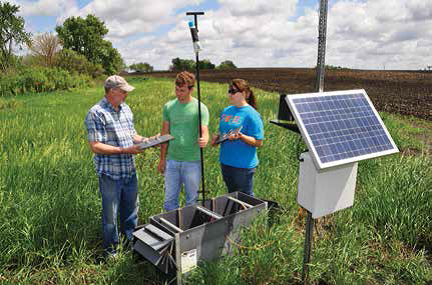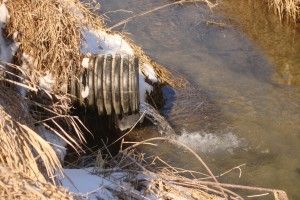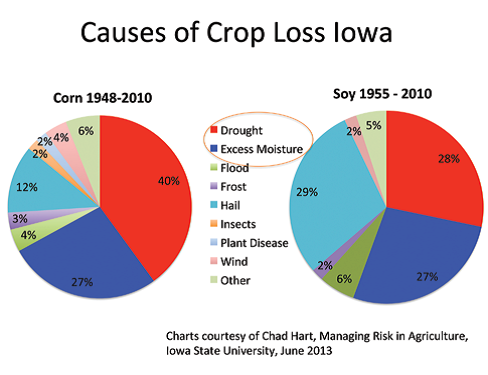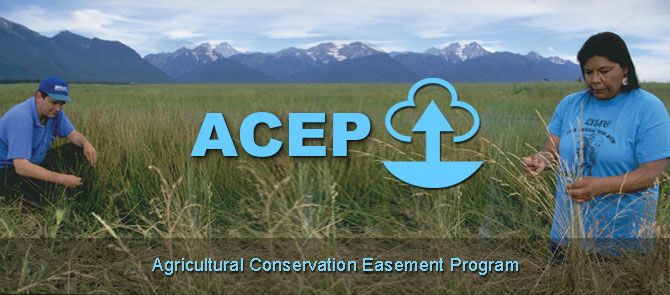News release
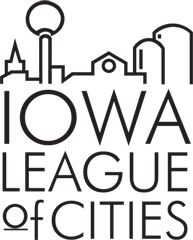
Des Moines, Iowa 50309500 SW 7th Street, Suite 101,
(515) 244-7282
Contact: Dustin Miller (515) 883-0925
September 15, 2015
For Immediate Release
Iowa League of Cities Receives Conservation Innovation Grant to Develop Water Quality Offset Program
United States Secretary of Agriculture Tom Vilsack announced today that the Iowa League of Cities will be one of the 2015 recipients of a Conservation Innovation Grant (CIG) that is administered by the Natural Resources Conservation Service (NRCS). The League will receive a CIG grant totaling over $700,000 over 3 years to fund the development of a Water Quality Offset Program in Iowa under the framework outlined in the Iowa Nutrient Reduction Strategy. The ultimate goal of an offset program is to generate the same or increased nutrient reduction at a reduced cost to municipalities and their ratepayers. The CIG program looks for innovative approaches toward increasing usage and effectiveness of conservation practices, and has funded other market based conservation efforts in the past.
The grant funds will leverage the ongoing watershed projects in the cities of Dubuque and Storm Lake who have utilized state programs to develop projects upstream from their communities. These cities have collaborated within their watersheds through the State Revolving Fund’s Sponsored Project Program and an Urban Water Quality Initiative award from the Iowa Department of Agriculture and Land Stewardship to develop projects with environmental benefits that have value to their citizens. These cities are holistically looking at their environmental impact to understand if this work can have a reduction of costs benefit to their citizens.
Upon the announcement, General Counsel for the Iowa League of Cities, Dustin Miller stated “We hope this grant acts as a catalyst to accelerate the development of a water quality offset system. Such a system in Iowa will not be the whole solution to water quality in the state, but what we have seen in other states is that, done the right way, such a flexible system can achieve the same or even greater environmental impact in a watershed at a reduced cost to ratepayers.”
The application was a partnership between the two cities, proven experts in the field environmental science, engineering firm Kieser & Associates and law firm Troutman Sanders with the goal of developing innovative, practical solutions that are right for Iowa. Combined these two groups have created over 25 different credit trading systems across the country.
As part of the grant, the League has created a Technical Advisory Committee that is made up of a diverse group of stakeholders from agriculture, environment, city, and industry. Members of the group will being meeting regularly to tackle questions around this framework development to come up with some sort of consensus about how a system should be structured in Iowa.
The announcement comes the same week that the EPA and USDA are hosting a National Workshop on Water Quality Markets in Lincoln, NE featuring regional water quality trading forums, conservation finance opportunities and recent developments in economics, science & technology. Experts in water quality markets from across the country have come together to discuss trends across the country and both agencies have asked the Iowa League of Cities to participate on panels related to water quality market development in the Mississippi River Basin and the impact of the CIG funding to spur this development.
The Iowa League of Cities is the oldest, continuously operating municipal league in the country. Founded in 1898, the League is a not-for-profit organization that serves at the unified voice for cities, providing advocacy, training and guidance to the cities of Iowa. See iowaleague.org for more information.
Kieser & Associates is a unique team of scientists, engineers and economists who find creative solutions for environmental problems. K&A is nationally recognized for their years of dedicated efforts to develop and institutionalize water quality trading in the United States and for working with federal and state agencies, municipalities, industry, agricultural organizations, mitigation bankers, and non-profits to develop frameworks and pilot trades for environmental markets around the world. See kieser-associates.com for more information.
Troutman Sanders LLP is an international law firm with more than 600 lawyers and offices located throughout North America and Asia. Founded in 1897, the firm’s lawyers provide counsel and advice in practically every aspect of civil and commercial law related to the firm’s core practice areas: Corporate, Energy and Industry Regulation, Environmental and Natural Resources, Finance, Litigation and Real Estate. Firm clients range from multinational corporations to individual entrepreneurs, federal and state agencies to foreign governments, and non-profit organizations to businesses representing virtually every sector and industry. See troutmansanders.com for more information.
